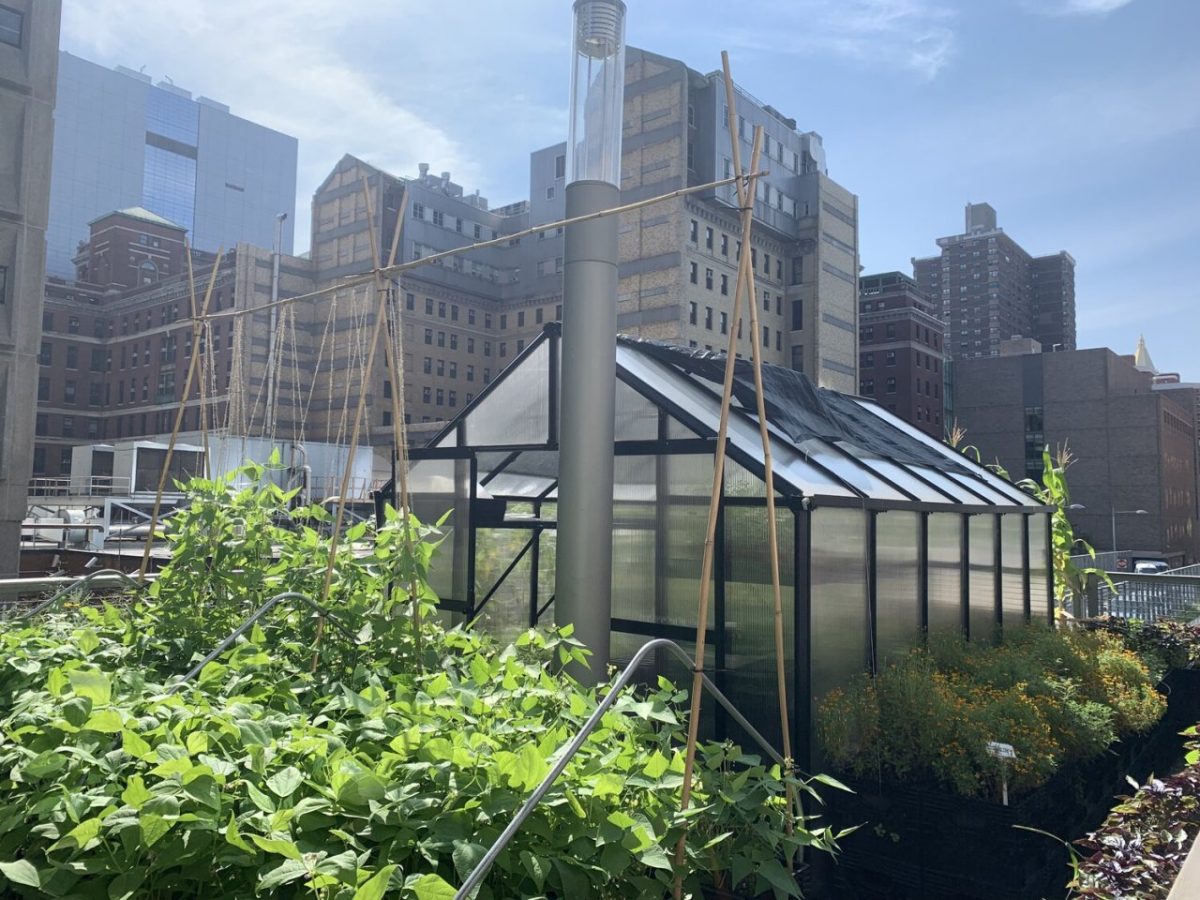Agriculture was first coined by a certain person named Henry Gordon-Smith in the Fall of 2011. It was during his research that he found urban areas could use agricultural practices to address common issues on environment and food systems while dealing with the economic and social aspects.
Although the challenges were already existent, his main point is the structural capabilities for the success of integrating the aforementioned practices.
Agriculture is defined as the application of architectural mindset on designing agricultural structures and systems under the constraints of the current area. Farmers, entrepreneurs, and architects can view the approach of integrating agriculture in urban areas differently. This can lead to unfruitful or, worst-case scenario, unrealistic decisions.
Agritecture aims to find the perfect balance in aesthetics and practicality of designs, while also prioritizing the feasibility and impact of the farming systems so that there will be tangible outcomes economically and environmentally. Through data gathering, analysis, and consultation from various experts, sound and accurate solutions are made.
Today, agritecture incorporates almost every modern technological system that is currently existing to promote its goal. Here are some of them:
- Vertical farming
- Urban greenhouse construction
- Hydroponics
- Aquaponics
- Regenerative agriculture
- Local food system production
The ideas are not limited to the existing systems and creativity is encouraged as long as the client’s objectives and the goal of the designs and plans are aligned and achievable. To understand further the concept of agritecture, check out some existing projects that continue to serve its purpose as of this writing:
- Power Plant Rooftop Greenhouses
- GreenBelly
- Vertical Harvest
- Bamboo Greenhouse Nursery
- Brooklyn Grange
- Sky Vegetables
- Rooftop Greenhouse in London

